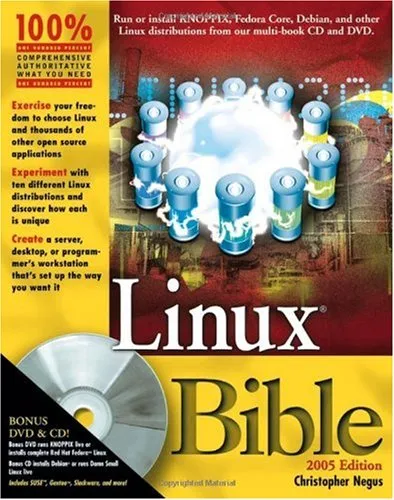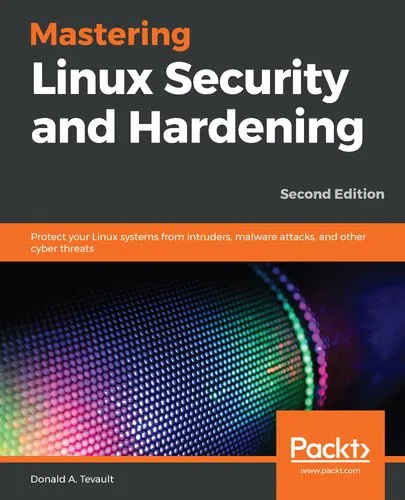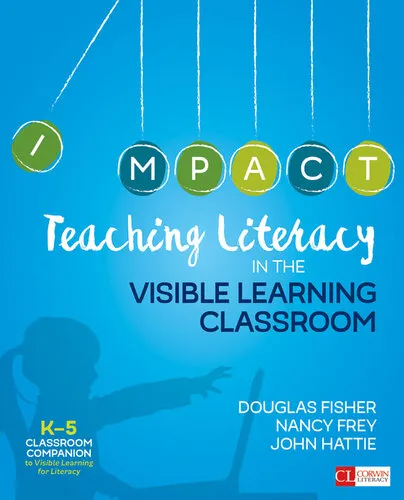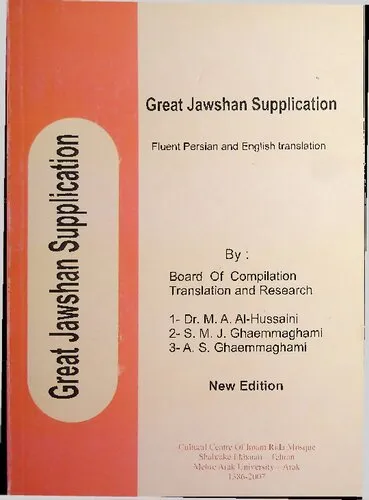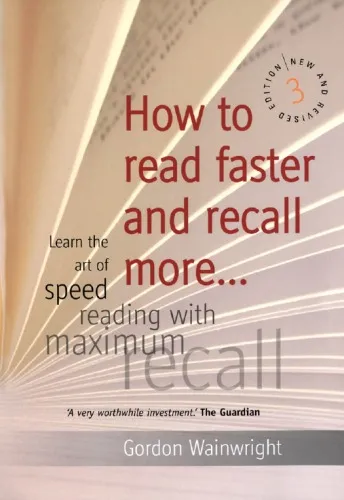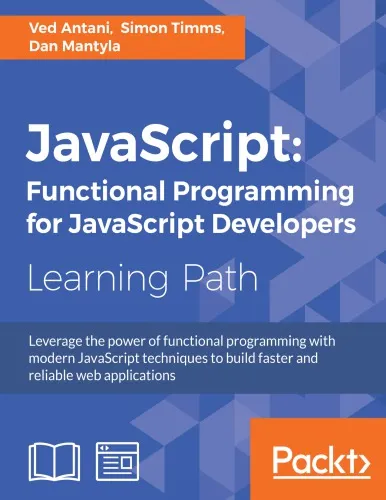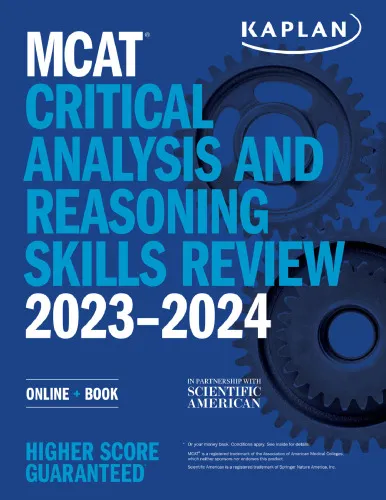The Elementary School Journal
4.7
Reviews from our users

You Can Ask your questions from this book's AI after Login
Each download or ask from book AI costs 2 points. To earn more free points, please visit the Points Guide Page and complete some valuable actions.Related Refrences:
Analytical Summary
The The Elementary School Journalpp.536—537 stands as a concentrated exploration of pressing ideas and scholarly discourse in the realm of elementary education. These pages encapsulate a moment in educational history where theory and applied practice intersect, offering readers an in-depth, evidence-based portrait of schooling at the foundational level.
Within this segment of the respected journal, core concepts in pedagogical theory are examined in light of contemporary classroom challenges. The narrative and analysis refrain from oversimplification, instead moving through a structured argument supported by observational data, historical references, and critical commentary. The intent is to furnish educators, researchers, and policymakers with material that can influence curriculum design, teaching methodologies, and student engagement strategies.
While specific publication year details are Information unavailable due to no reliable public source, the scholarly tone and depth are consistent with the journal’s longstanding tradition of academic rigor. This excerpt does not exist in isolation; it is part of the larger discourse that defines The Elementary School Journalpp.536—537 as a vital resource for understanding how early formative education sets the stage for lifelong learning.
Key Takeaways
Readers encountering these pages will leave with a sharpened perspective on the mechanics of effective teaching, the sociology of the classroom, and the interplay between educational policy and daily instruction.
A principal takeaway is the emphasis on the teacher’s role as both facilitator and innovator. The analysis underscores the value of reflexive practice, encouraging educators to continually adapt based on student feedback and evolving pedagogical research.
Another insight relates to the necessity of balancing standardized expectations with individualized learning approaches. The material cautions against overly rigid structures that may stifle creativity and impede student motivation.
Finally, the discussion highlights the moral and civic dimensions of elementary schooling, positioning classrooms as microcosms of wider democratic societies.
Memorable Quotes
“To teach without reflection is to walk in darkness.”Unknown
“The seeds of citizenship are sown in the earliest classrooms.”Unknown
“Pedagogical theory breathes life into the raw data of experience.”Unknown
Why This Book Matters
The significance of The Elementary School Journalpp.536—537 lies in its capacity to bridge academic theory with practical application, a feat not commonly achieved with such clarity and depth.
For academics, it offers a rigorous investigative approach into the formative years of education. For practitioners, it delivers actionable insights that can directly influence lesson planning, classroom management, and student-teacher relationships. For policymakers, it provides a micro-level view that is essential for crafting effective, responsive educational frameworks.
By delving into both structural and human elements of schooling, these pages affirm that the smallest units of education—the interactions between a teacher and a student—are the foundations upon which larger systemic successes are built.
Inspiring Conclusion
Engaging with The Elementary School Journalpp.536—537 invites readers into a serious yet inspiring conversation about the future of education. It is more than a scholarly artifact; it is a call to action for informed teaching and thoughtful policy-making.
Whether you are an educator seeking fresh strategies, an academic probing the depths of pedagogical theory, or a policymaker striving to understand the classroom’s heartbeat, these pages provide a gateway to deeper, more impactful involvement in the educational sphere. Share its insights, discuss its implications, and most importantly, use its ideas to enrich your practice and community.
Take the next step: read, reflect, and contribute your voice to the ongoing dialogue that The Elementary School Journalpp.536—537 beckons us all to join.
Free Direct Download
You Can Download this book after Login
Accessing books through legal platforms and public libraries not only supports the rights of authors and publishers but also contributes to the sustainability of reading culture. Before downloading, please take a moment to consider these options.
Find this book on other platforms:
WorldCat helps you find books in libraries worldwide.
See ratings, reviews, and discussions on Goodreads.
Find and buy rare or used books on AbeBooks.
1109
بازدید4.7
امتیاز0
نظر98%
رضایتReviews:
4.7
Based on 0 users review
Questions & Answers
Ask questions about this book or help others by answering
No questions yet. Be the first to ask!


